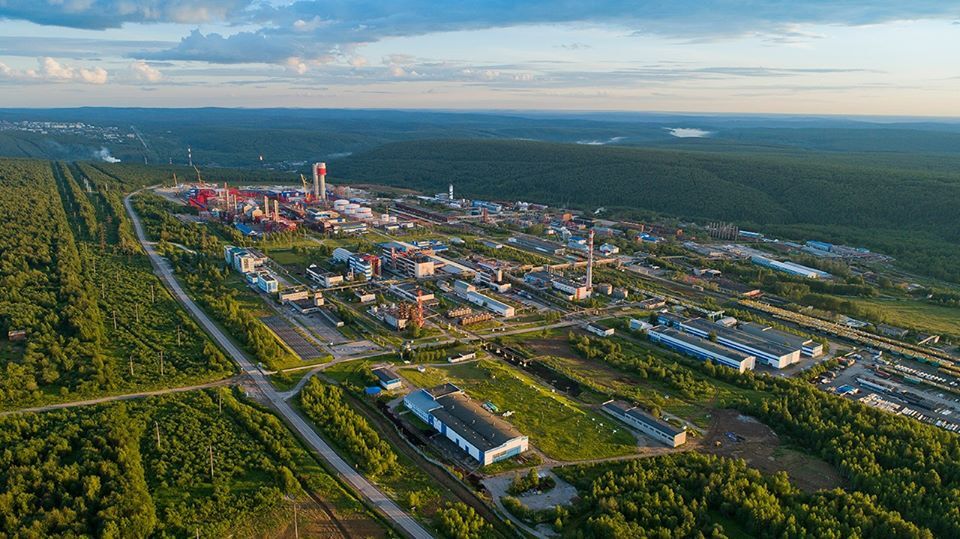The AUM Complex Construction at the Metafrax Site was Discussed in Gubakha

On September, 23rd, the public discussion of the biggest investment project of PJSC Metafrax: the Ammonia-Urea-Melamine (AUM) complex construction. The complex will provide the company production with its own raw materials.
The company intends to construct the utility facility that meets the process, environmental and industrial safety requirements, within 40 months. The feasibility study was prepared by English company Jacobs Consultancy. The project licensor and the basic engineering design developer is Casale (Switzerland). In the near future, all the subcontractors for the work performance will be defined.
The new units are intended to produce 562 thousand ton of the urea, 293 thousand ton of the ammonia and 40 thousand ton of the melamine per year. The production will be transferred to the internal treatment for the UFC and synthetic resins production, and to the internal and external markets. The project cost is estimated to be more than 500 million euro.
NIIK prepared the environmental impact assessment of the project. The international assessment was prepared by the experts of Italian company D`Appolonia.
Vladimir DAUT, PJSC Metafrax General Director:
This project is unique, and for Gubakha it is grand-scale, therefore the company is discussing its details not only with its business partners, but also with the community. Today, Metafrax is permitted to emit up to 2850 ton of pollutants into the air, but the actual emissions are less than 1840 ton. The project emissions meet the licensor’s newest technologies norms and will be decreased by the carbon dioxide recovery from the reformers flue gas to use it as the raw material at the urea unit outlet in the volume of 1100 tons per day. The auxiliary waste water treatment unit construction is foreseen to decrease the biological treatment units load. The remained waste will be decontaminated or transferred to the specialized structures for burying.